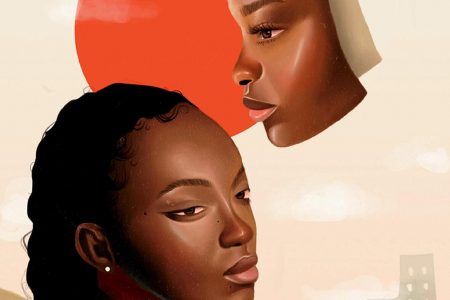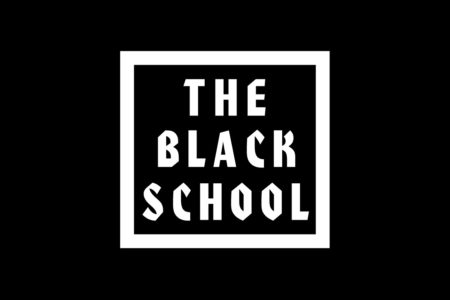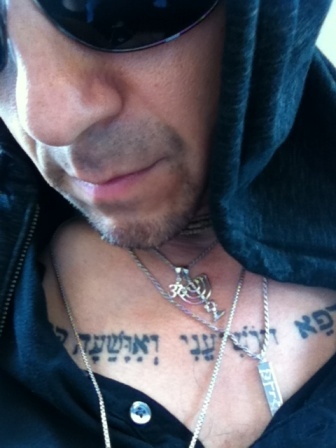Derfner Judaica Museum will open to the public today, June 11, 2009. The newly-expanded 5,000-square-foot exhibition space in the Home’s Jacob Reingold Pavilion will serve as a focal point for a wide range of educational and exhibition programming both for the public and Hebrew Home residents.
The Museum complements the Home’s first-class art collection, which includes works by Marc Chagall, Henri Matisse, Pablo Picasso, Andy Warhol, Ben Shahn, Alexander Calder, and Frank Stella, among others.
With approximately 250 objects, the inaugural exhibition, Tradition and Remembrance: Treasures of the Judaica Museum, explores the intersections of Jewish history and memory. The stories of objects used in traditional Jewish practice are interpreted in light of the role of memory in shaping both individual and communal identities. Jewish ritual objects tell the stories of the people who once owned them and the places where they originated. Ritual objects also teach us about traditional Jewish life. In that sense, they embody memory and transmit collective history across generations. The Derfner Judaica Museum will allow residents, staff, and visitors to cross generational lines and explore the theme of memory together. For many residents who suffer from memory loss, the exhibit takes on a very personal meaning as well.
Art has long been part of the fabric of the Home’s community, where it is displayed for the enjoyment of its residents, staff and guests. Classified with the IRS as a museum, the Home’s art collection is comprised of close to 5,000 pieces of art, including paintings, drawings, prints, photographs and one of New York City’s few outdoor sculpture gardens.
“The exhortation ‘remember’ is central to Judaism as a culture and a religion. Focusing on remembrance as the central theme of the Derfner Judaica Museum at the Hebrew Home allows us to create programs that will continue to have a therapeutic value for the residents, as well as fulfill the broader goals of the Museum,” said Susan Chevlowe, the Hebrew Home’s chief curator and museum director. “The Museum will also help promote greater awareness among the public that memory care is an essential part of caring for an elderly population. By visiting the Museum, visitors of all ages learn about Jewish history, religion and culture, in addition to the unique context that the exhibition itself serves to animate.”
The Derfner Judaica Museum was named in honor of benefactors Helen and Harold Derfner. Founded when Riverdale residents Ralph and Leuba Baum donated their vast collection of Jewish ceremonial art to the Home, the Judaica Museum of the Hebrew Home opened its doors to the public in 1982. A refugee from Nazi persecution, Ralph Baum and his wife, Leuba, had an intense desire to preserve and pass on the memory embodied in the objects they collected, the majority of which were used primarily by European Jews before the Holocaust. Completion of the new museum was also funded in part by a furnishings grant received from the New York City Department of Cultural Affairs.
Among the featured objects in the exhibition are a silver filigree kiddush cup, ca. 1911, and an early copper alloy Hanukkah lamp, from the famed Bezalel Academy of Arts and Crafts in Jerusalem. Other objects relating to Jewish practice come from near and far, including a set of 18th century German Torah implements from Meerholz, Germany and a velvet fish-scale embroidered matzoh cover from 19th century Jerusalem. Components of the exhibition include:
The Bezalel School of Arts and Crafts – The first part of the exhibition focuses on the Bezalel School of Arts and Crafts, founded in Jerusalem in 1906, and presents objects by local artisans and European artists, such as the school’s founder Boris Schatz and teacher Ludwig Wolpert. The objects were created at Bezalel to forge a national identity for the early settler community. The school sought to promote a national Jewish style using biblical imagery and eastern motifs as well as indigenous materials and craft skills, such as traditional silver filigree and damascene work.
The Baum Legacy – The exhibition next turns to the Museum’s original donors and includes such objects as a pair of mid-19th century silver filigree Dutch torah finials and an early 18th century pewter Seder plate.
Holidays, Festivals, Life Cycle Events, Customs and Rituals – The exhibition continues with a display of objects used in the observance of holidays and the yearly life cycle. Among the featured objects are modernist interpretations of traditional objects, such as etrog containers by Ludwig Wolpert and Moshe Zabari; an 18th century Frankfurt-style Hanukkah lamp; an 18th century seder plate; Esther Scroll cases from Jerusalem and Greece; a 19th century hand-lettered Esther scroll and an early 20th century Esther Scroll hand-illustrated by Bezalel School artist Shmuel Ben David; a mid-18th century hanging Sabbath or festival lamp; and objects related to birth, death and marriage, including an unusual ketubbah decorated with a Peacock motif from Hamadan, Persia.
Torah and Daily Prayer – A central component of the exhibition is a semicircular display area devoted to the Torah, prayer and religious obligations. From the story of creation to the history of the Jewish people and their relationship to God, the values taught by Judaism are at the core of the biblical narrative. The display includes examples of ritual art from a diverse range of Jewish communities, including two examples of typical late 19th century wooden folk art carvings: a decalogue topped by priestly hands which adorned the Torah Ark of Adas Israel Synagogue in Hartford, CT and a Decalogue with rampant lions from the original Hebrew Home congregation in Harlem, N.Y.
Photographs – The exhibition concludes with a selection of contemporary photographs by Frédéric Brenner from his series “Jews/America/A Representation.” This selection of photographs is part of Brenner’s series that focuses on Jews in America. In the series, Brenner seeks to break down stereotypes as he reveals the complex and varied meanings of what it means to be Jewish today. The museum is free and open to the public Monday through Thursday from 10 a.m. to 4 p.m.
To schedule a visit, or for photograph and interview requests, please contact Malka Margolies at (718) 581-1225.








